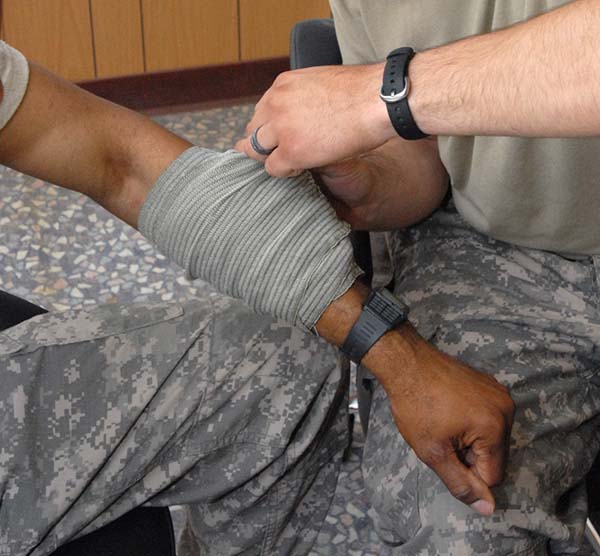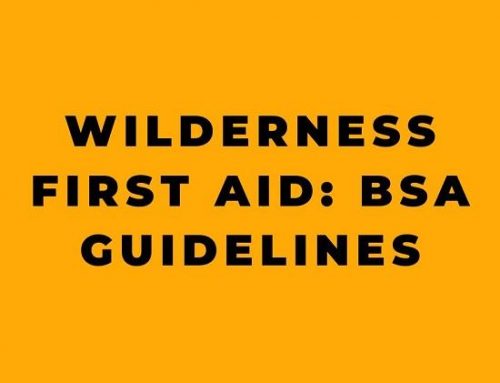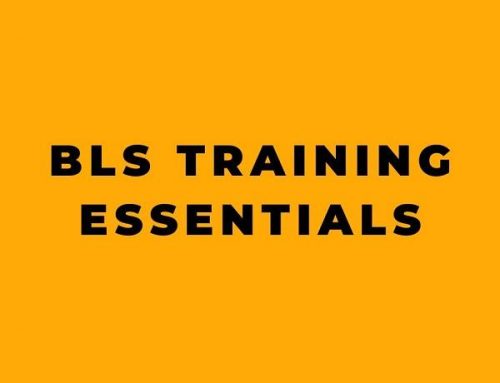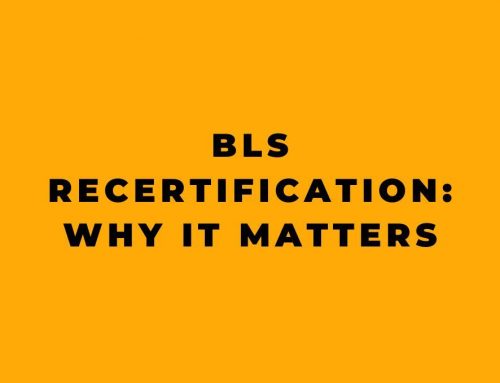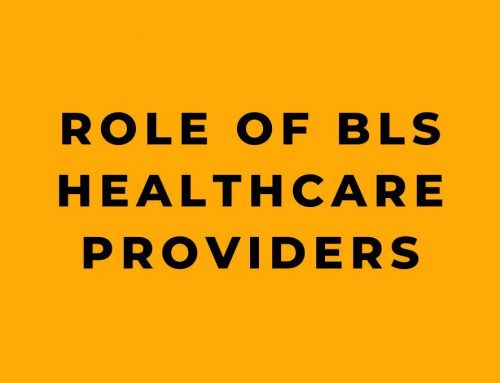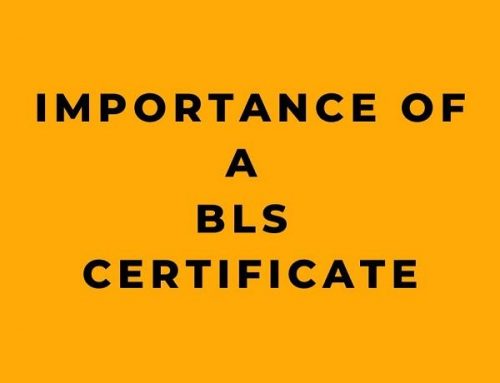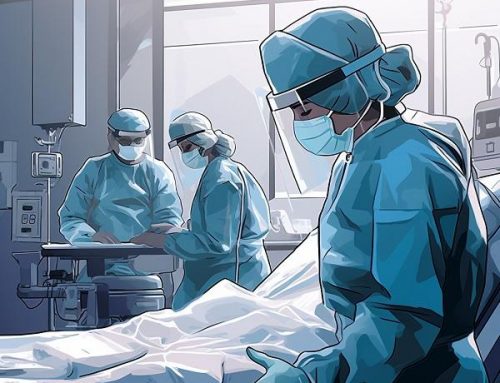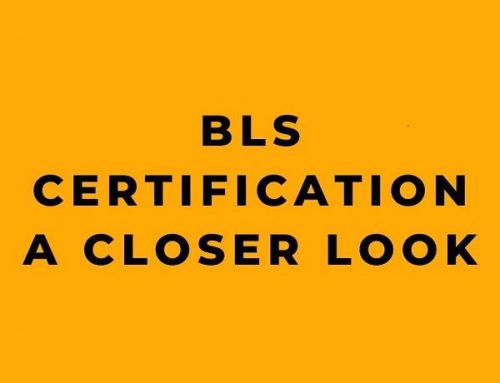Introduction
First aid, the immediate care given to a person suffering from an illness or injury, is a vital skill that can mean the difference between life and death. It is the first response before medical aid arrives, playing a significant role in preserving life, preventing the condition from deteriorating, and promoting recovery.
In this detailed guide, we’ll delve into the concept of first aid, its significance, and its various applications. Additionally, we’ll also discuss the critical role of mental health first aid, especially in the context of eating disorders among college students.
Whether you’re an outdoor enthusiast, a college student, or someone looking to enhance your emergency preparedness, this article aims to equip you with valuable insights and resources. Let’s embark on this enlightening journey.
The Evolution of First Aid
The practice of first aid, providing immediate assistance to those with illnesses or injuries, has its roots in ancient civilizations and warfare. However, it was in the 18th century that the formalization of life-saving treatments began with societies dedicated to preserving life and promoting resuscitation techniques. Today, organizations like the Red Cross and Red Crescent lead the world in first aid provision, but the genesis of modern first aid can be traced back to the Royal Humane Society and military surgeons.
In 1878, Surgeon-Major Peter Shepherd and Colonel Francis Duncan, two military officers in Aberdeenshire, underscored the importance of splinting and bandaging skills for battlefield wounds. They pioneered the idea of teaching civilians first aid skills under the newly formed St John Ambulance Association. This initiative was a natural extension of the organization’s philanthropic and ambulance transport work.
The conception of the first aid kit was a significant milestone in the evolution of first aid. The idea emerged during a discussion between company founder Robert Wood Johnson and the chief surgeon of the Denver & Rio Grande Railway. The surgeon expressed the dearth of medical supplies available to treat injuries sustained during railroad construction in remote areas. This led Johnson to create a commercial first aid kit to advance healthcare and expand his business.
Essentials of a First Aid Kit
A well-equipped first aid kit is a vital element in every household, especially for families. It serves as the first line of defense in minor accidents and injuries that may occur at home or during outdoor activities.
For a family of four, a comprehensive kit is recommended. This should include a variety of plasters in different sizes, sterile gauze dressings, sterile eye dressings, triangular bandages, crêpe rolled bandages, safety pins, disposable sterile gloves, tweezers, scissors, alcohol-free cleansing wipes, sticky tape, a digital thermometer, skin rash cream, cream or spray for insect bites and stings, antiseptic cream, painkillers, antihistamine cream or tablets, distilled water for wound cleaning, and eye wash.
Regular maintenance of your first aid kit is crucial. Over time, items can expire, become damaged, or be used up. It is recommended to inspect the first aid supplies every couple of months to ensure the kit is up to date. Expired or damaged items should be replaced immediately, and used items should be restocked after use.
The Importance of First Aid Training
First aid training is a vital skill that transcends mere instruction. It’s about empowerment, awareness, and the ability to make a real difference when lives are on the line. This critical knowledge doesn’t only safeguard against accidents; it creates a culture of readiness, offering the promise of life preservation, rapid response, and recovery.
Various types of first aid courses cater to unique needs, each reflecting real-life scenarios where quick thinking could mean everything. From asthma emergencies and sudden illnesses to heart attacks and strokes, the right training equips individuals to confront the unexpected with confidence.
In an environment where every second counts, understanding how to respond can transform ordinary people into everyday heroes.
Now, consider a workplace where injuries and illnesses are always a possibility. Imagine the comfort of knowing that those around you, your colleagues, and your friends, are the first line of defense, capable of recognizing common injuries and understanding how to address them.
Here’s where our commitment to safety and preparedness takes shape:
Our “First Aid” training products are not just courses; they are an assurance of safety, a promise of readiness, a tool to transform ordinary employees into capable first responders. These concise and targeted modules, available in both English and Spanish, cover crucial areas such as:
- “Eye Injuries” – See clearly the path to healing.
- “Cuts, Burns and Abrasions” – Mend wounds with precision.
- “Strains, Sprains, Fractures and Shock” – Respond to pain with empathy.
- “Heart Attack and Cardiac Arrest” – Beat the odds when every second counts.
- “Choking” – Breathe life into dire situations.
- “Heat-Related Illnesses” – Cool the pressures of emergency response.
Each module within the “First Aid” MicroLearning curriculum is designed as a 3-5 minute encapsulation of expertise, accessible, immediate, and always at your fingertips.
In our rapidly changing world, being prepared is no longer a luxury; it’s a necessity. We provide the tools to empower every individual to act decisively, respond effectively, and potentially save lives. Trust our products to guide you towards a future where safety isn’t just a word; it’s a way of life.
For more information click on the link below:
First Aid Techniques
First aid techniques are crucial in saving lives in emergency situations. They include immediate care given to an individual suffering from an injury or illness to preserve life, prevent the condition from worsening, or to promote recovery.
These techniques include CPR, a life-saving technique that is especially useful in many emergencies, including a heart attack or near drowning. Other techniques include treating burns, which should be cooled immediately under cold running water for at least ten minutes, and managing choking incidents using the Heimlich maneuver.
While this guide provides a brief overview of first aid techniques, it is not a substitute for formal training and certification in first aid and CPR. These skills are easy to learn and widely available from organizations such as the American Red Cross.
Conclusion
The significance of first aid knowledge is undeniable. It empowers individuals with the skills to provide immediate care in emergency situations, potentially saving lives and preventing minor mishaps from escalating. It also fosters confidence, promotes a sense of safety and well-being, and encourages healthy and safe living.
Proper training in first aid is critical. Various programs provide comprehensive training that prepares individuals for a wide range of situations. Likewise, being prepared for emergencies is equally important. Planning ahead for disasters, creating emergency plans, building emergency kits, and staying informed about potential risks are all essential steps in emergency preparedness.
The study on French mental health first aid guidelines for eating disorders among college students suggests that such resources can be valuable in addressing the gap in available resources for mental health literacy. The “Advanced First Aid Kit” offered by Exploration Ready, designed for individuals who have completed a formal first aid course, underscores the importance of having the appropriate training, certification, and permission to use the kit contents.
In conclusion, having first aid knowledge and being prepared for emergencies is not just beneficial, but essential. It empowers individuals to act promptly and effectively in emergency situations, potentially saving lives. Therefore, it is highly encouraged for everyone to seek proper first aid training and be prepared for emergencies.
References:


